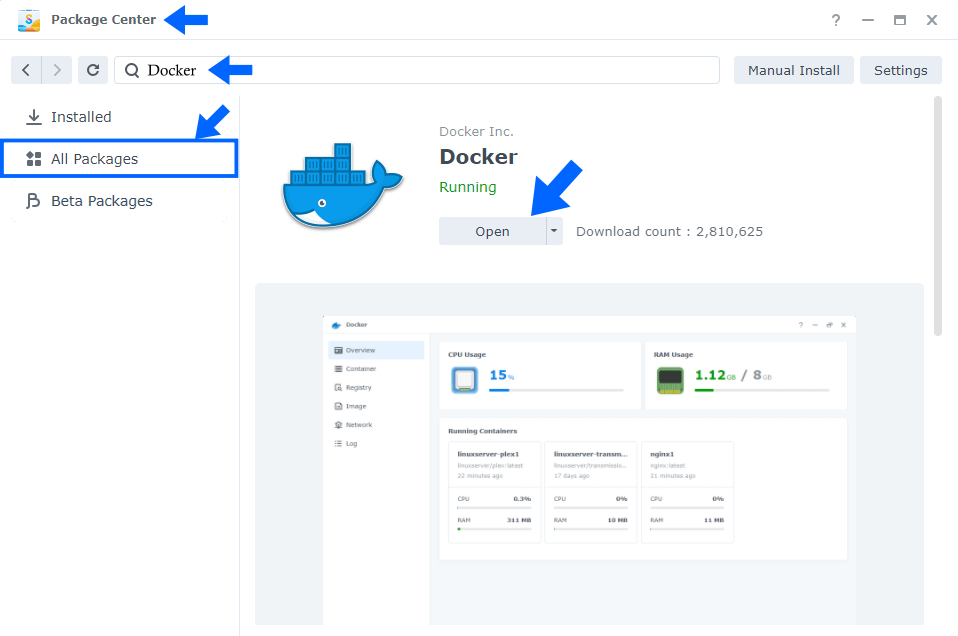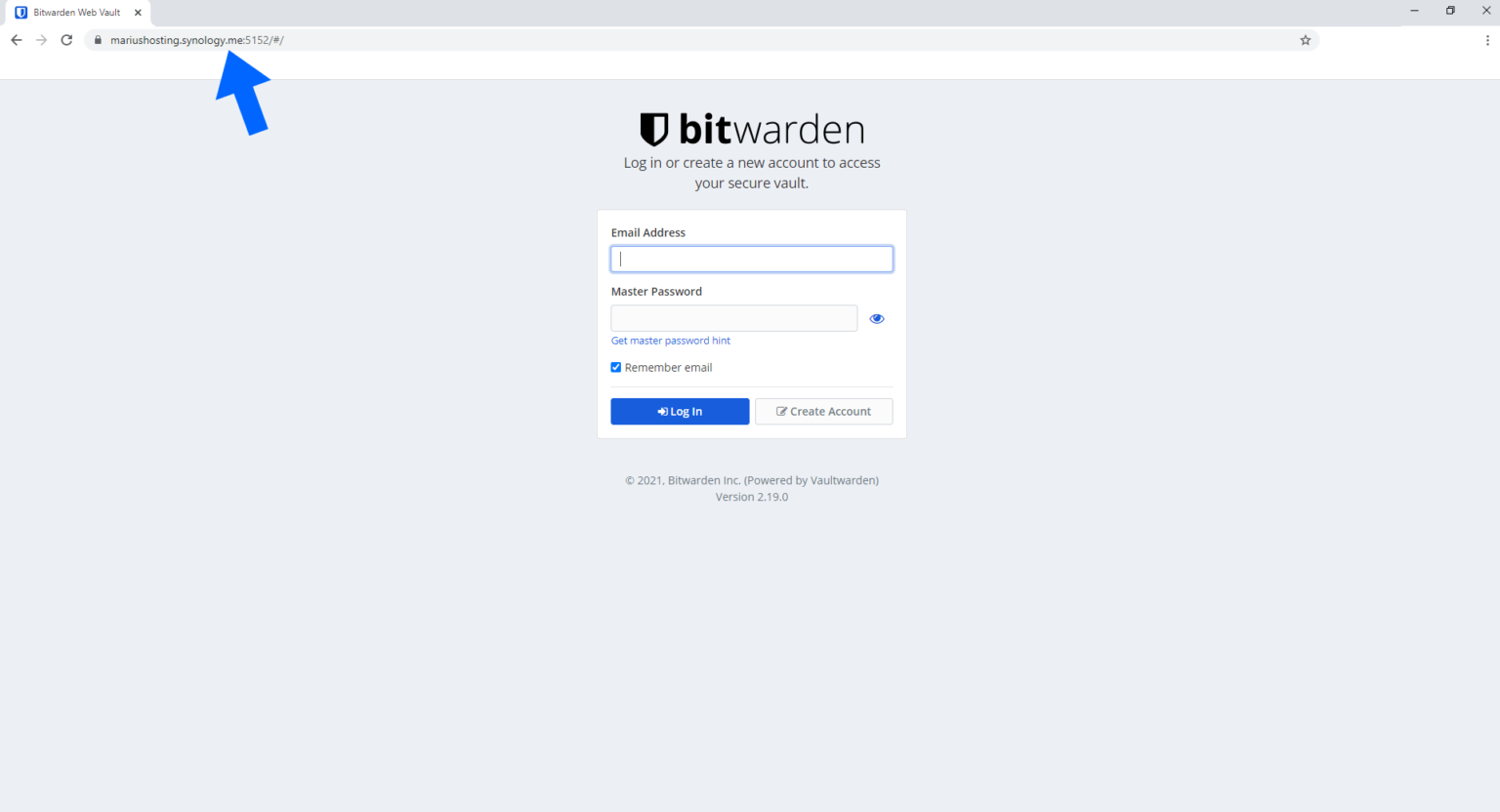

These are the files and each of them needs to have a clean log without any errors.Īs an example, admin.log looks like this: /var/log/bitwarden $ cat admin.log rw-r-r- 1 bitwarde bitwarde 960 Dec 28 00:38 notifications.log rw-r-r- 1 bitwarde bitwarde 0 Dec 28 00:38 nginx.log rw-r-r- 1 bitwarde bitwarde 417 Dec 28 00:38 identity.log rw-r-r- 1 bitwarde bitwarde 952 Dec 28 00:38 icons.log rw-r-r- 1 bitwarde bitwarde 412 Dec 28 00:38 api.log rw-r-r- 1 bitwarde bitwarde 414 Dec 28 00:39 admin.log Presently, the SQL database will create 30 tables after the initial configuration has been completed.Īny troubleshooting will require looking into the logs folder that should be accessible via the volume bind listed in the example (part of the etc/bitwarden path). In these examples, there are several regarding SMTP configuration (this needs to be in place for admin page access as well as password reset and registration), as well as one variable to disable user registration (after the initial one). "BW_DB_PORT=3306" #enter the SQL port that the instance is running onĪlong with all the rest variables, there are many that can be configured using the documentation link at the start of this article. "BW_DB_SERVER=10.10.10.71" #your SQL IP address or name In case the SQL instance is running on a custom port, this variable can be used. Second compose version uses the BW_DB_PORT variable. "globalSettings_disableUserRegistration=false" "globalSettings_mail_smtp_password=mail_password" "globalSettings_mail_smtp_username=mail_username" "globalSettings_mysql_connectionString=server=db_server port=db_port database=db_name user=db_user password=db_password"

INFO: Before running this container, if an external database is being used, be sure that there is a created database, user, and password in place as those parameters will be used in the compose below. This will indeed make it a single-container deployment. While this is also not the only version this solution can be run, if there is no way to connect to an external DB, it can be configured to use an internal SQLite DB. The BW container and an outside database. Single-container aka "unified" version of self-hosted Bitwardenĭubbed a unified self-host deployment solution, this version of Bitwarden will be by far much easier to maintain as it has only two major moving parts. Standard self-host deployment of Bitwardenīack at the start of December 2022, Bitwarden started to develop its own single-image version (well with a database as being a separate one) to concatenate all the different core, front-end, and back-end services under one container. This is another reason that self-hoster for the most part use VaultWarden implementation.

Now, that are a lot of images and elements to keep in sync just to provide a password manager solution. The official Bitwarden solution can also be self-hosted via Docker but it is a bit much to maintain coming in with a big stack of eleven (11) containers.


 0 kommentar(er)
0 kommentar(er)
